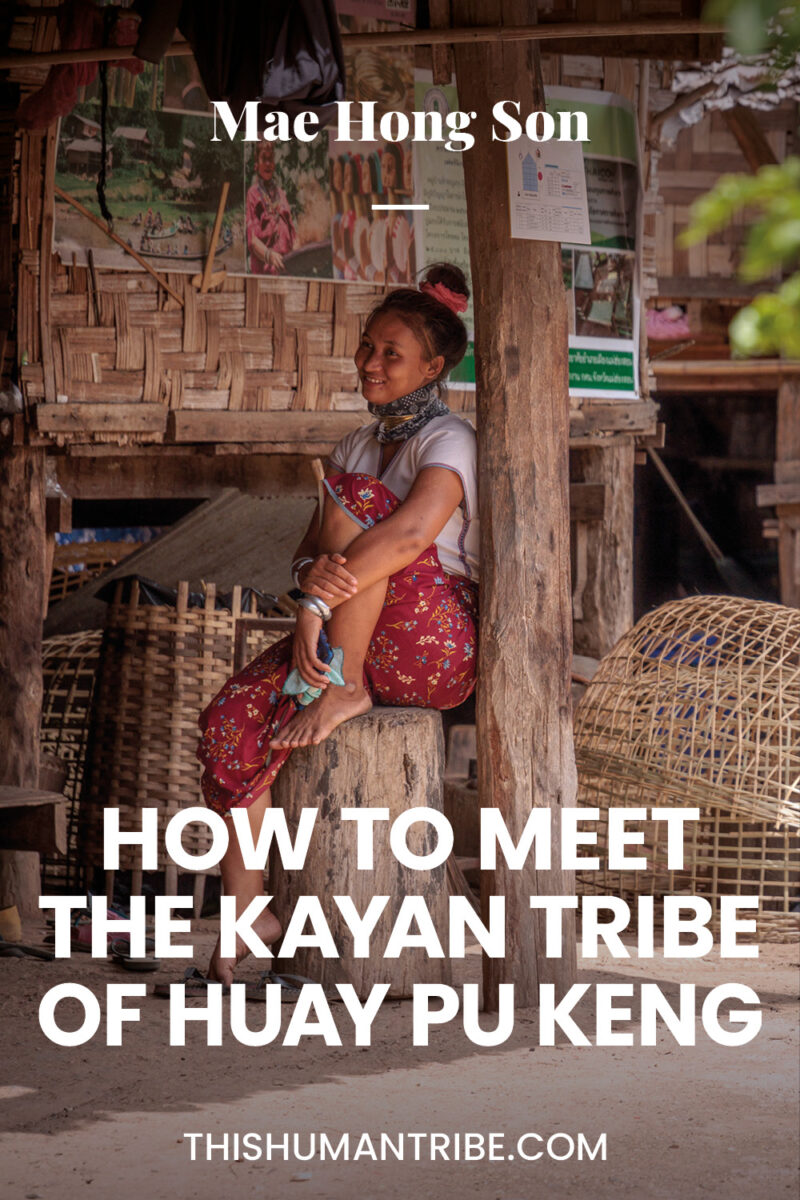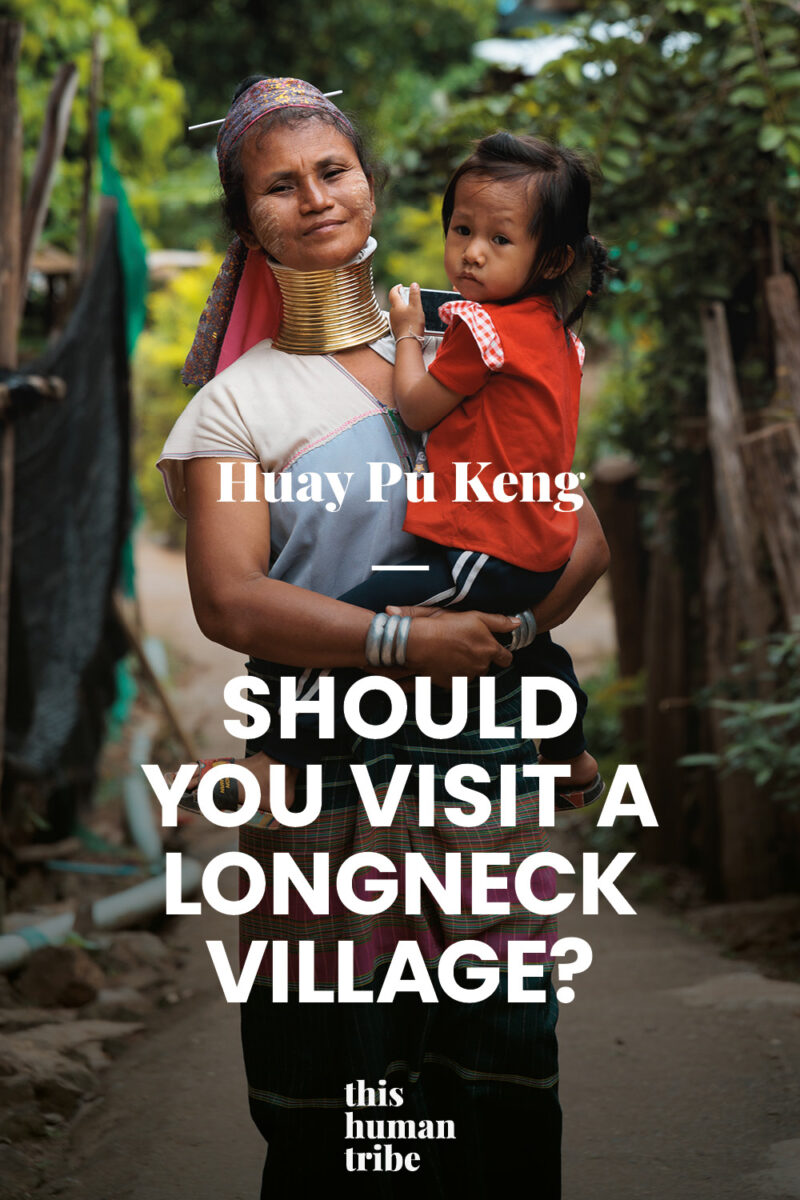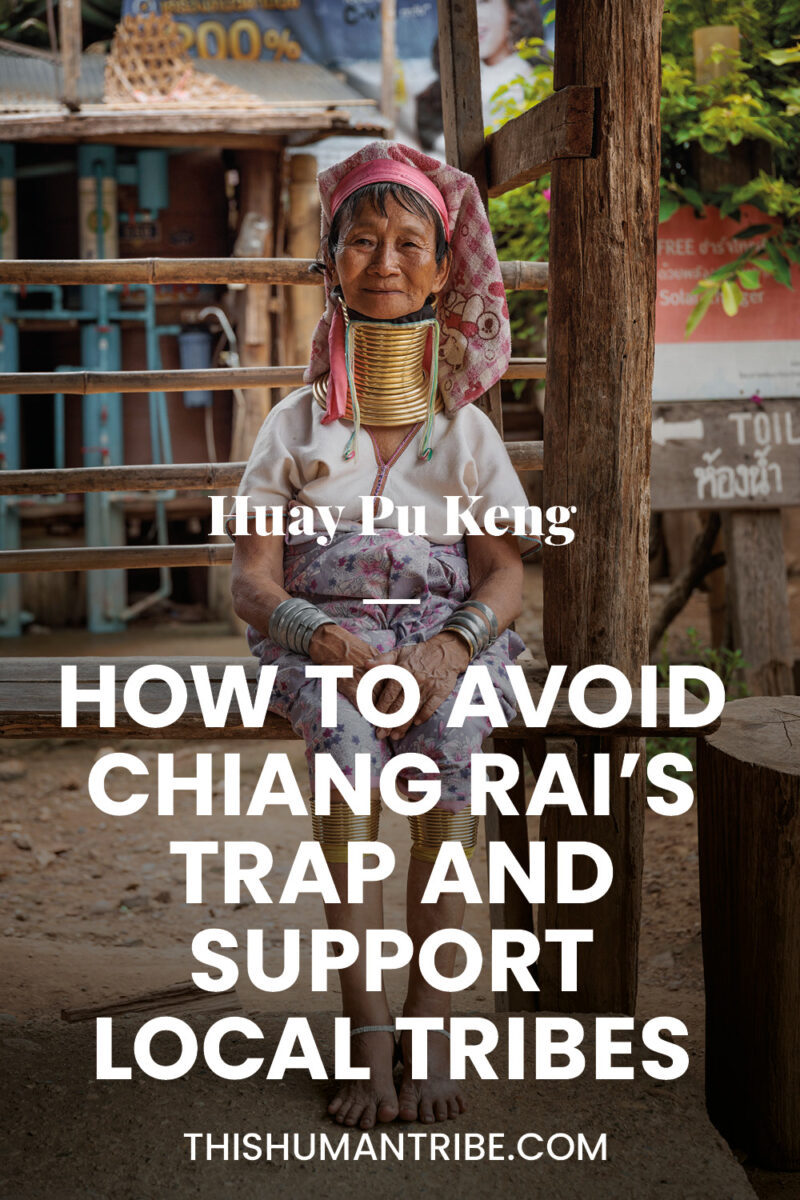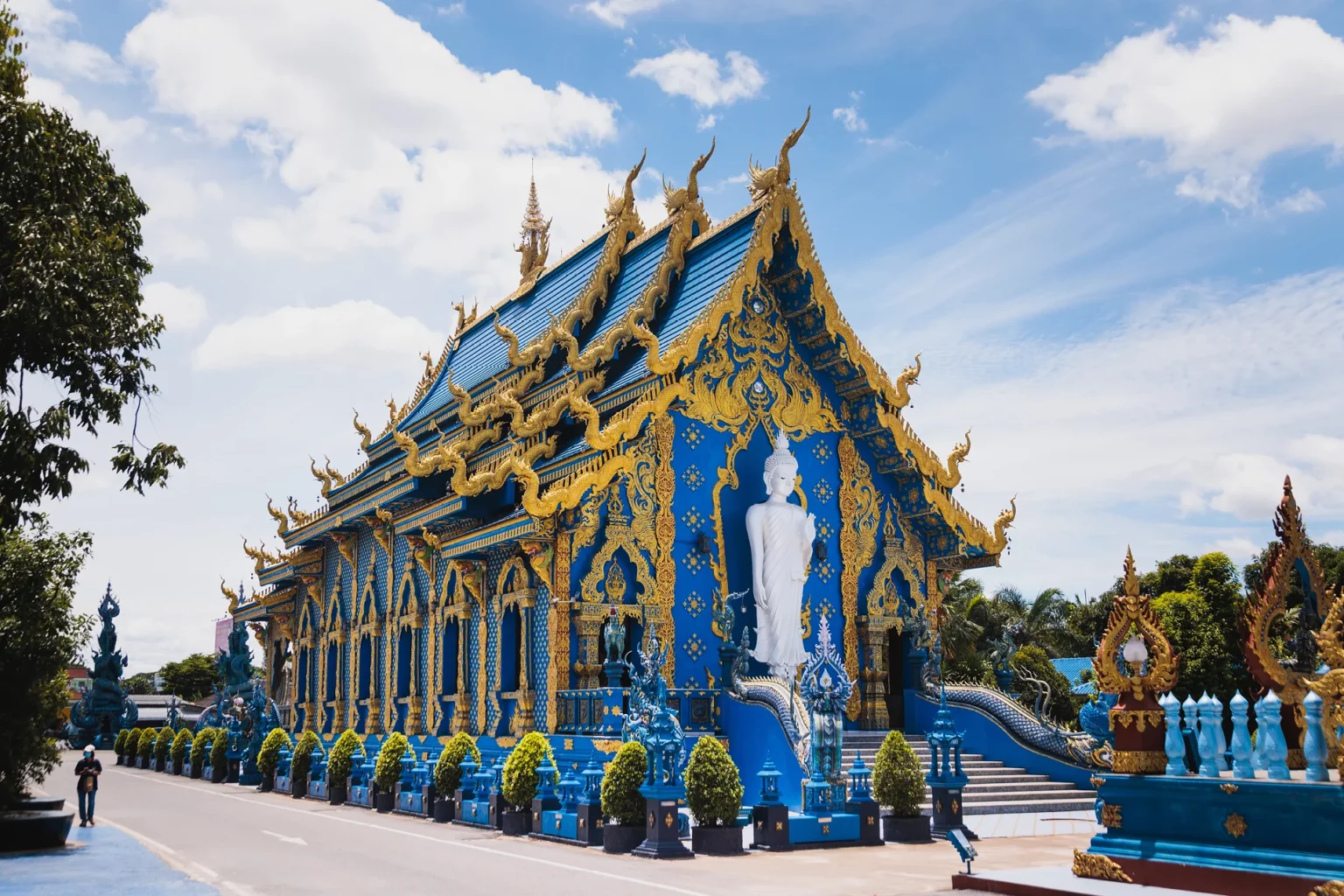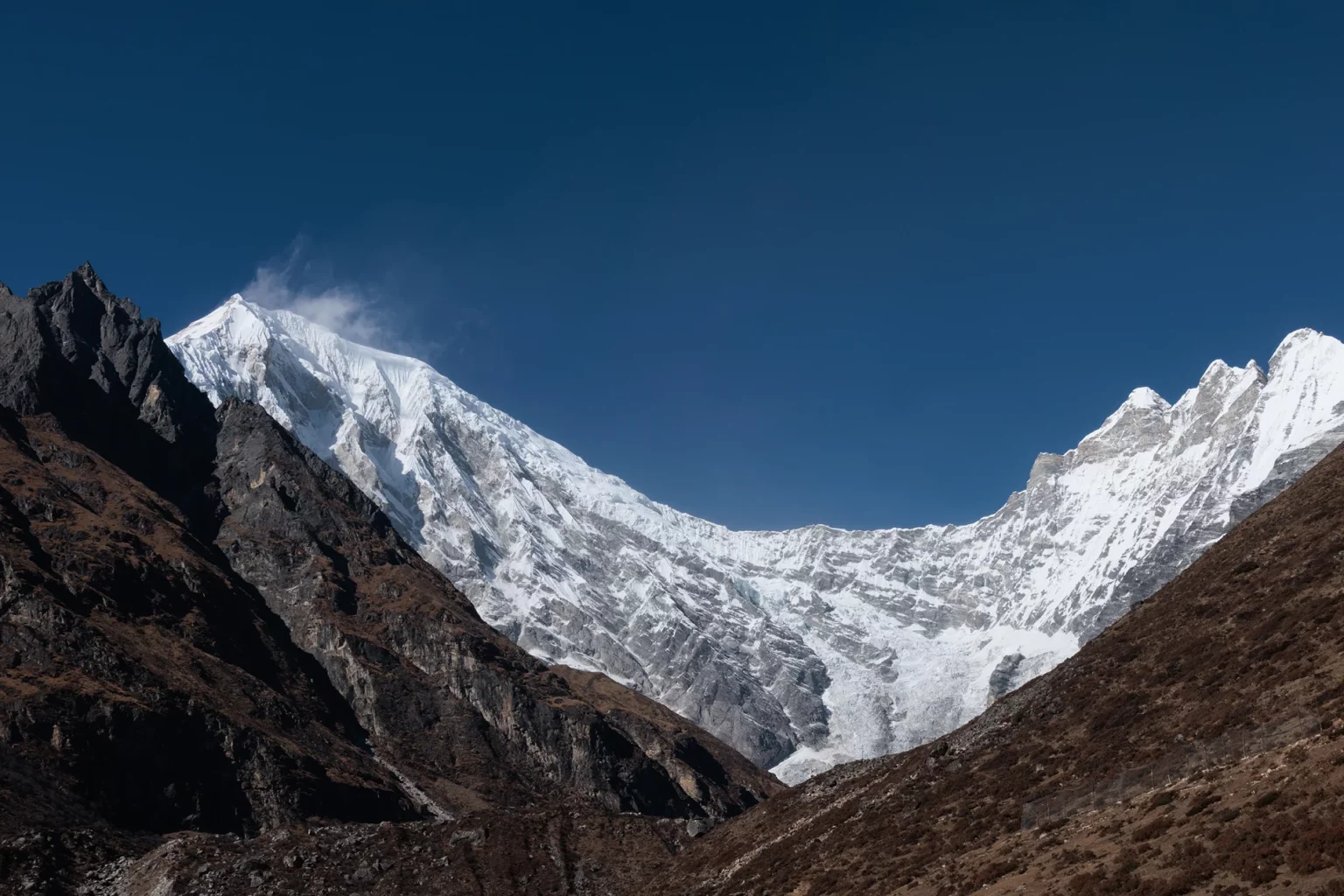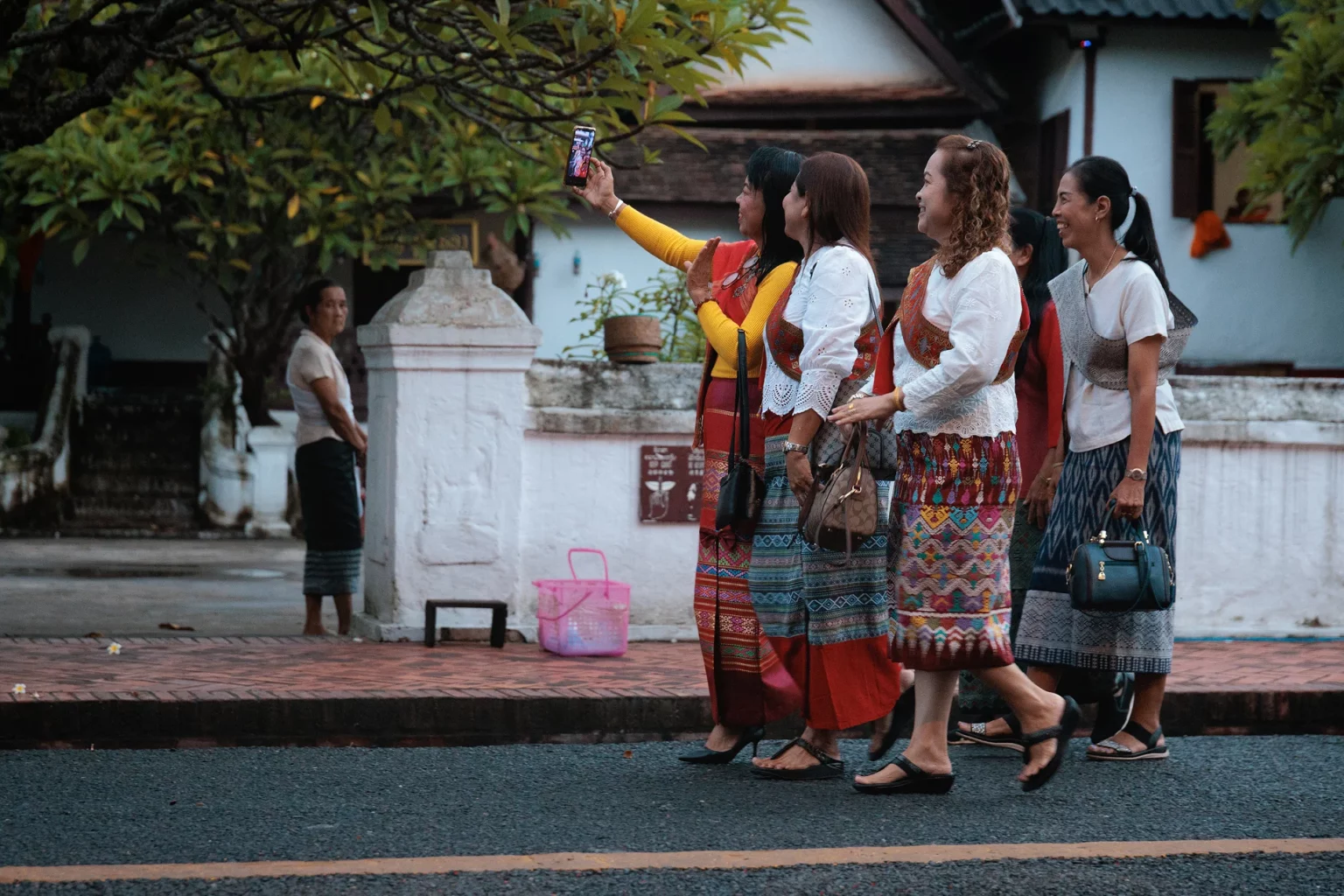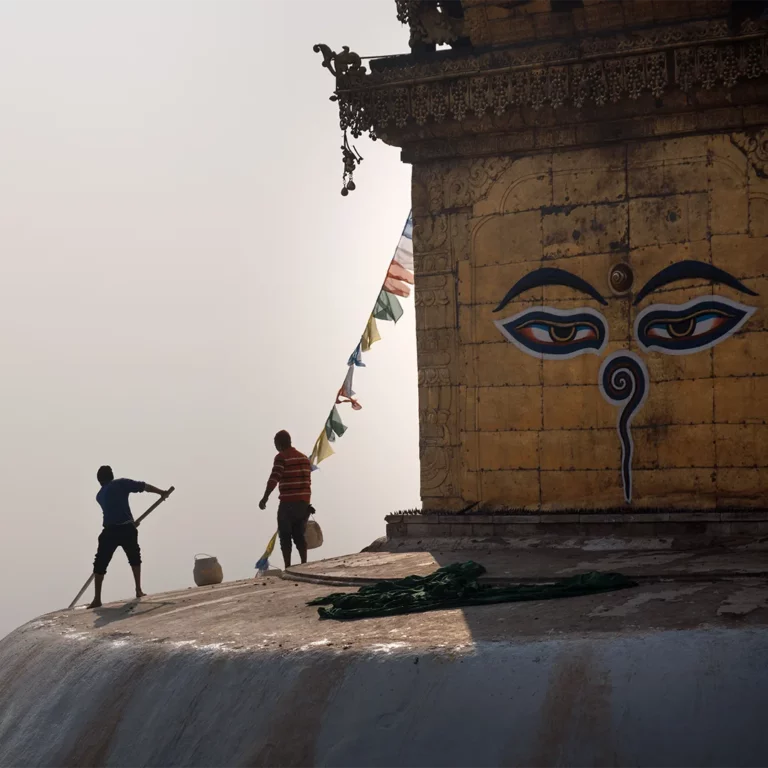In the far north east of Thailand, close to the town of Mae Hong Son, lies a village with a complicated history. It has been a refuge for many migrants who were forced to flee the Chang state and Kayan state of Burma at the end of the last century.
Since then, the camp has transformed into a village whose main goal was (and still is) to attract tourists. The controversy that surrounded this so called “ethnic park” hasn’t ceased since. This article is an attempt to invite people to learn more about the village and culture, offering multiple elements to form a richer opinion. So let’s flow along the Pai river and discover Huay Pu Keng together.
About the village
The village of Huay Pu Keng consists of one main street leading, upward, towards the hills. On each side, little houses made of bamboo and teak wood punctuate the road, some still with traditionals leaf roofs, others with corrugated sheets. Several tiny paths between houses lead to other parts of the village: the school, the playing field, the sacred ground… At the entrance is a communal space with benches, a place to eat, and a tiny store. Further away some fields, a pig farm and then the Jungle.
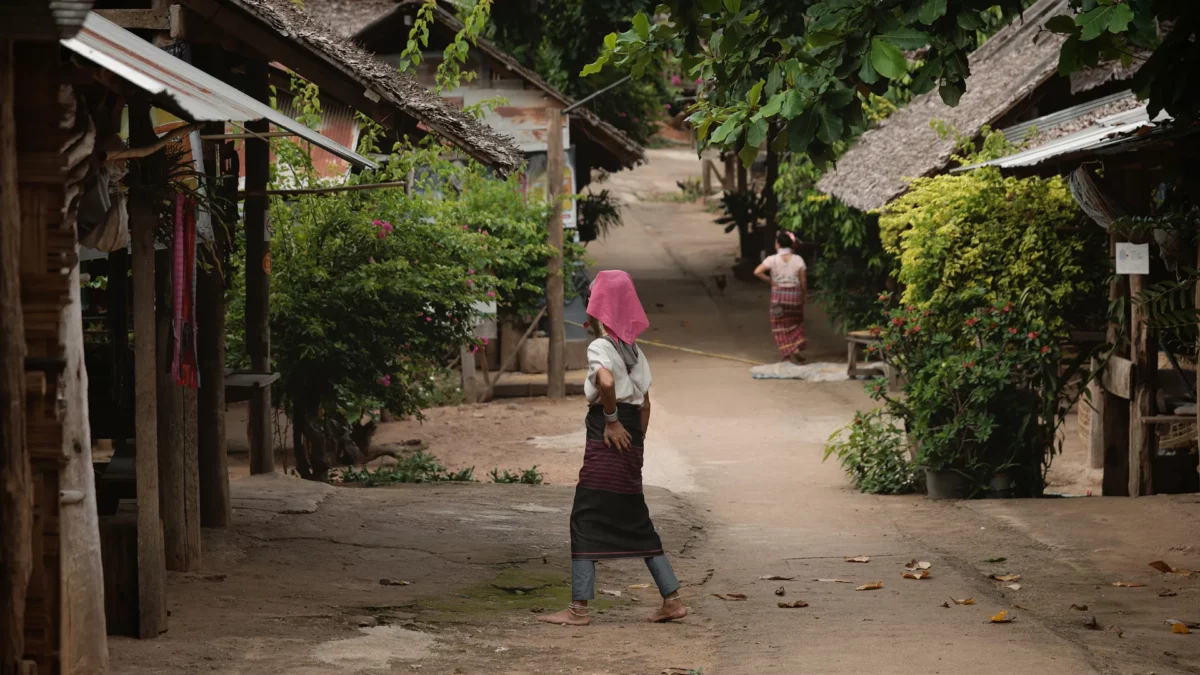
Art, craft and living
On the main street, when not relaxing, some women and men are working on the different crafts that the Kayan are famous for, a few are for tourists and others for the community.
Men can build houses, from the ground to the roof, using teak wood, bamboo and leaves. They also use bamboo to make furniture. Women weave baskets from different shoots, which are then used in the fields or to dry rice. They are also experts in the use of the loom and can create intricate fabrics, the staple of traditional clothes.
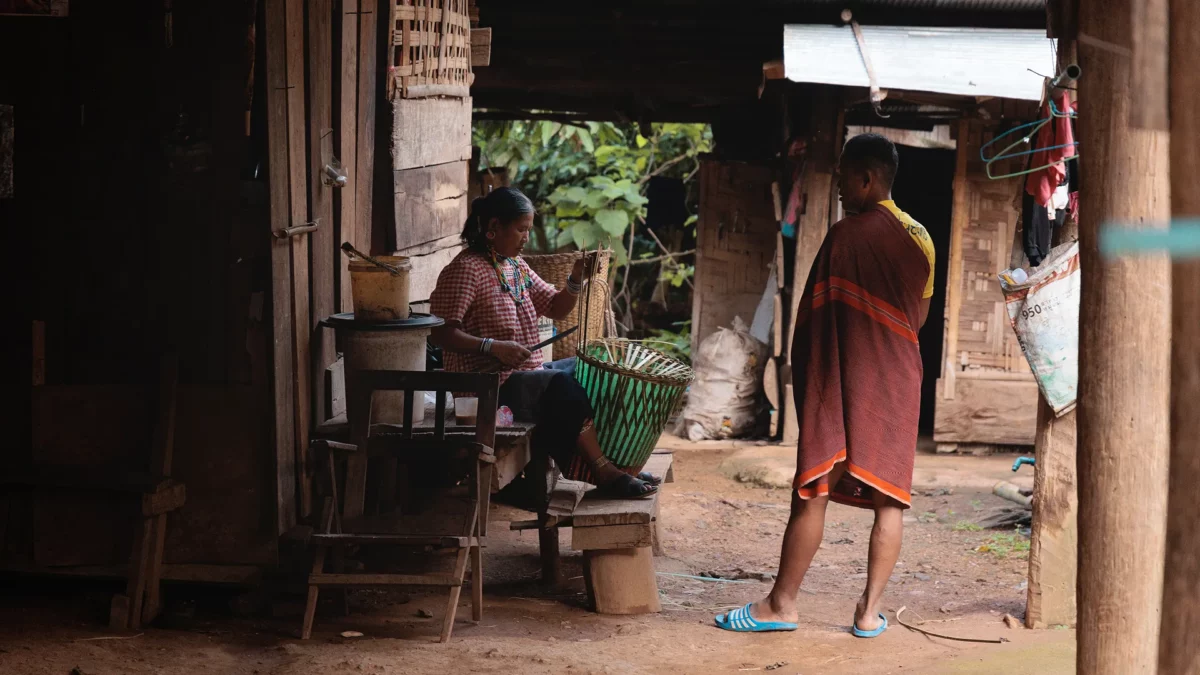
Women still dress quite traditionally, while men not so much. Their style diluted by modernity, though some elders still wear beautiful hand crafted t-shirts and pants daily. The younger generations seems to only wear them during ceremonies.
If you want to go home with a memento of your visit, there is plenty of art available in front of the houses! You can pick homemade bamboo cups or beautiful statues of longneck women made by the most skilful men. If you look for something less fragile or something to wear on the spot, there is a range of scarves and some jewellery made by the dextrous hands of the women of the village.
Body modification
There are four sub-groups of Karenni people, namely the Red Karen, the Pakayor, the Kayaw and the Kayan. It is important to note that these different ethnicities live in harmony in the village. Though they share some similarities, they each have their own dialect and possess more or less different traditions. For those two last groups one of the traditions is body modification.
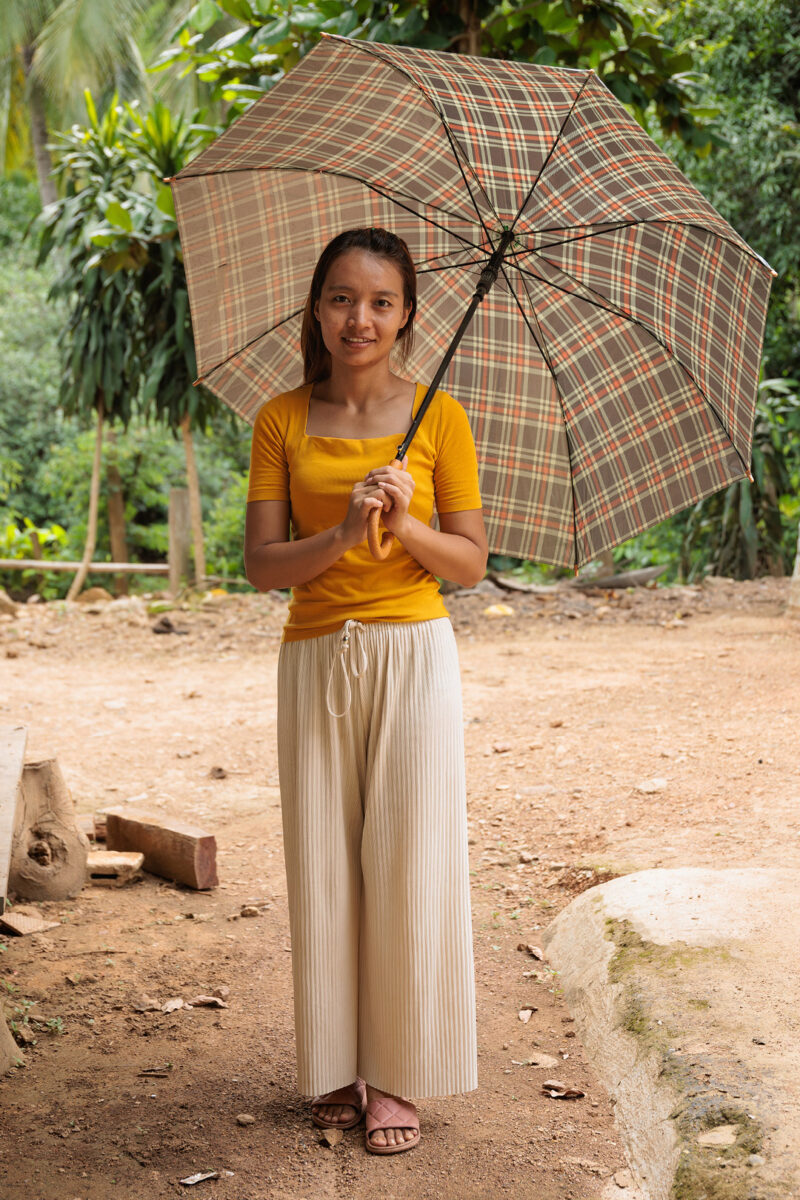
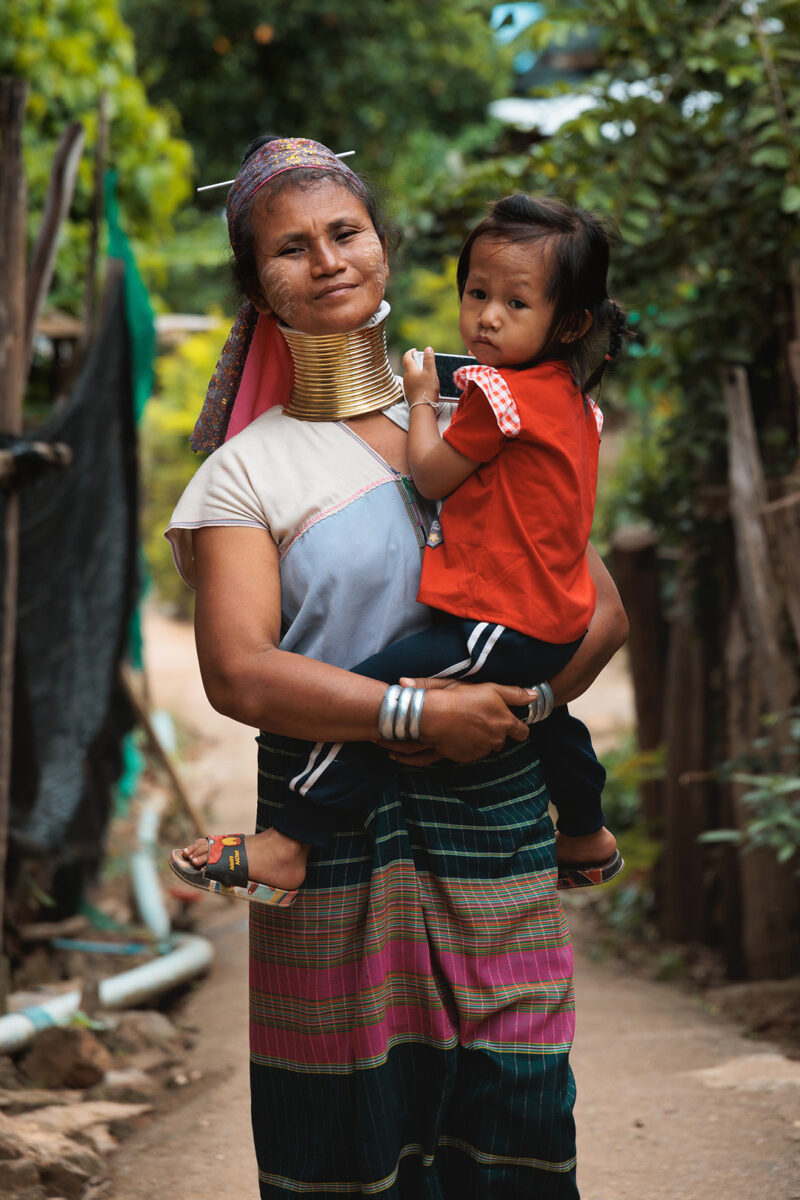
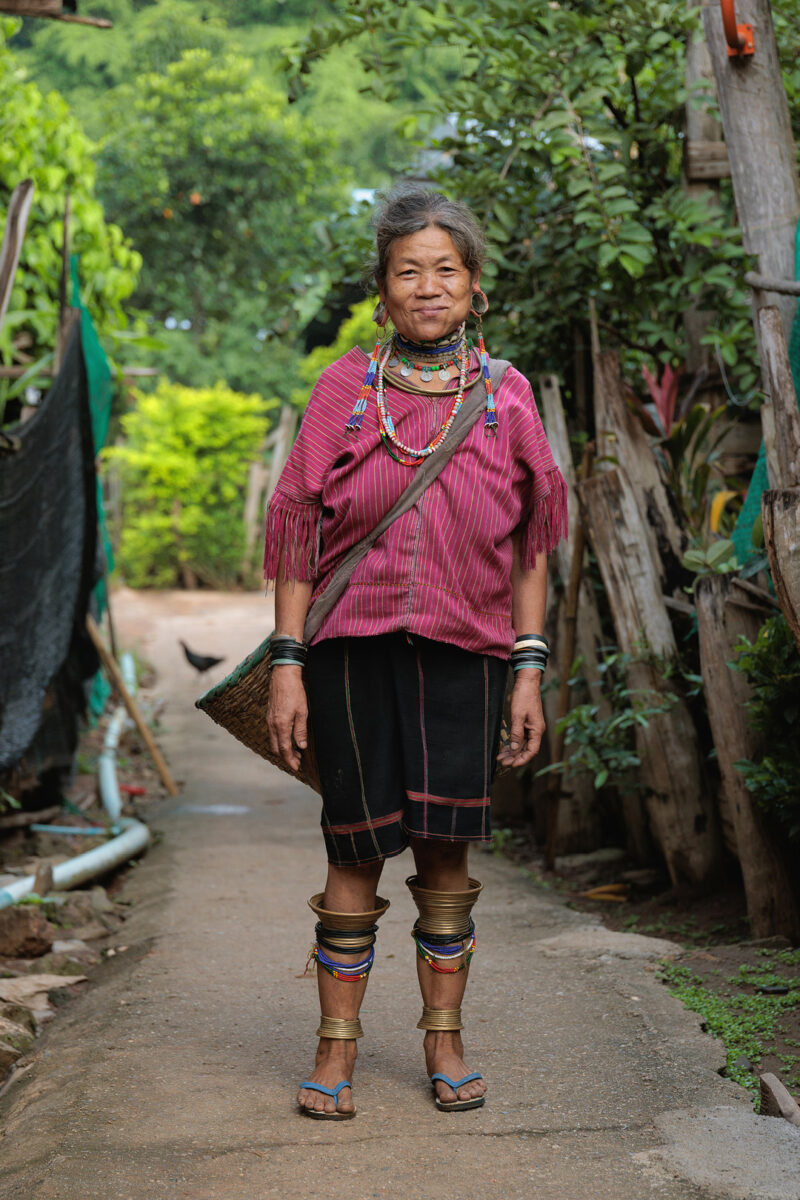
The fame of the tribe
The Kayan became famous for their elongated allure and lower shoulders. But why do women go through these body modifications? Well, it is hard to find one answer to that, so I will try to simply report what I gathered. A common story says that it was concocted as a protection from tigers! Despite this information still being widespread over the internet it is hard to imagine that 5 kilos of copper would give you any advantage in the race!
During my short stay I asked Ma Pang why she was wearing them and her answer was as simple as: “They make me beautiful” . Then I asked her how the tradition started, and she shared with me the story her grandfather told her when she was young.
“700 years ago, soldiers came into the village and took the food and the single women. The oldest woman had all her gold around her neck. And the soldier didn’t want to take her because she was old. The young women decided to imitate her and started wearing all the gold around their necks to protect themselves.”
The first three rings are placed around the neck of girls around the age of 5. A new rings are added every year, creating an immense weight on the shoulder. They force the growth of the ribs and collarbones downwards, giving the impression of an elongated neck. While I was there, I thought about the weight of human tradition. I expanded on the subject of body modifications in the article about Mu Kler. If you are interested in the subject, you can find it this paragraph First verse: The brass spiral.
Satisfying one’s curiosity
This being said, talking with the women of the tribe comes with some dos and don’ts. I’ve heard stories of weird inquiries, “how do you do this” or “how can you do that with the ring”… Well, just don’t! As a rule of thumb, don’t ask any questions you would not like a stranger to ask you. It is healthy to entertain a certain curiosity and it is good to remember that some questions are better left unasked.
Burmese food in Thailand
The Burmese food I had the chance to taste seems simpler than the food I found in Thai cities. Close to the earth and the root of the Kayan people, the meals are prepared on a wood stove. Bamboo shoots, betel leaves, potatoes are cooked in a chicken broth. Vegetables are seasoned with spices in a mild curry and eggs are fried. Everything revolves around a huge plate of rice and a bowl of freshly chopped green chilli peppers that the locals go through like a kid would go through a pot of Nutella.
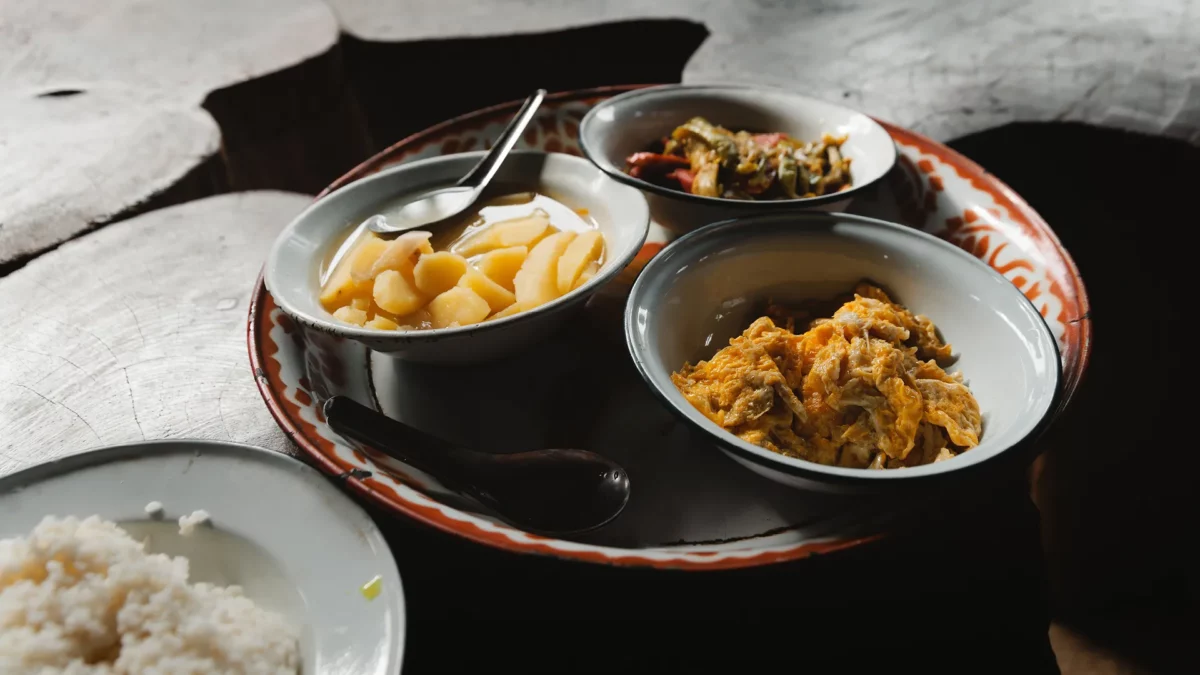
A lot of the food consumed in the village is produced in the village. People who own pigs feed them corn or a mix of water with leaves. Noisy roosters and chickens run around free with their chicks. They belong to the community; families are free to pick and kill a chicken if they want. Men are also skilled fishermen and hunters, occasionally bringing fish or killing a wild pig in the jungle.
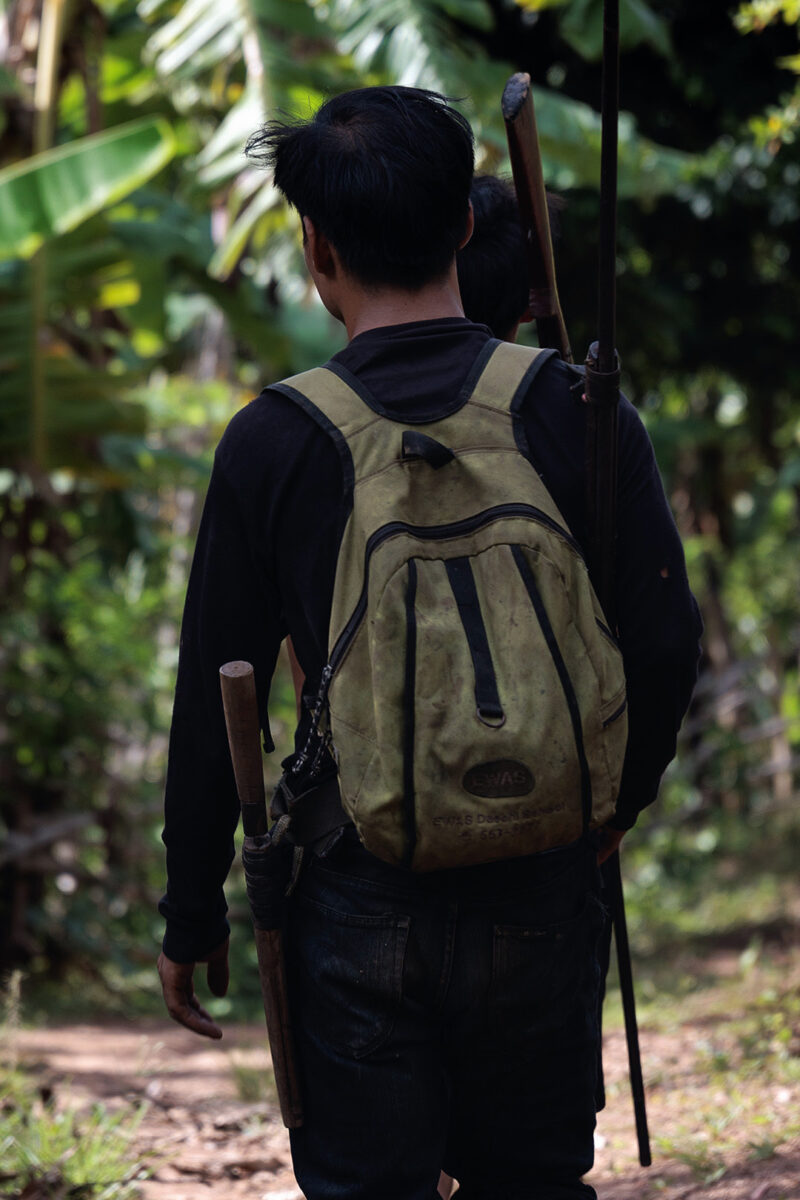
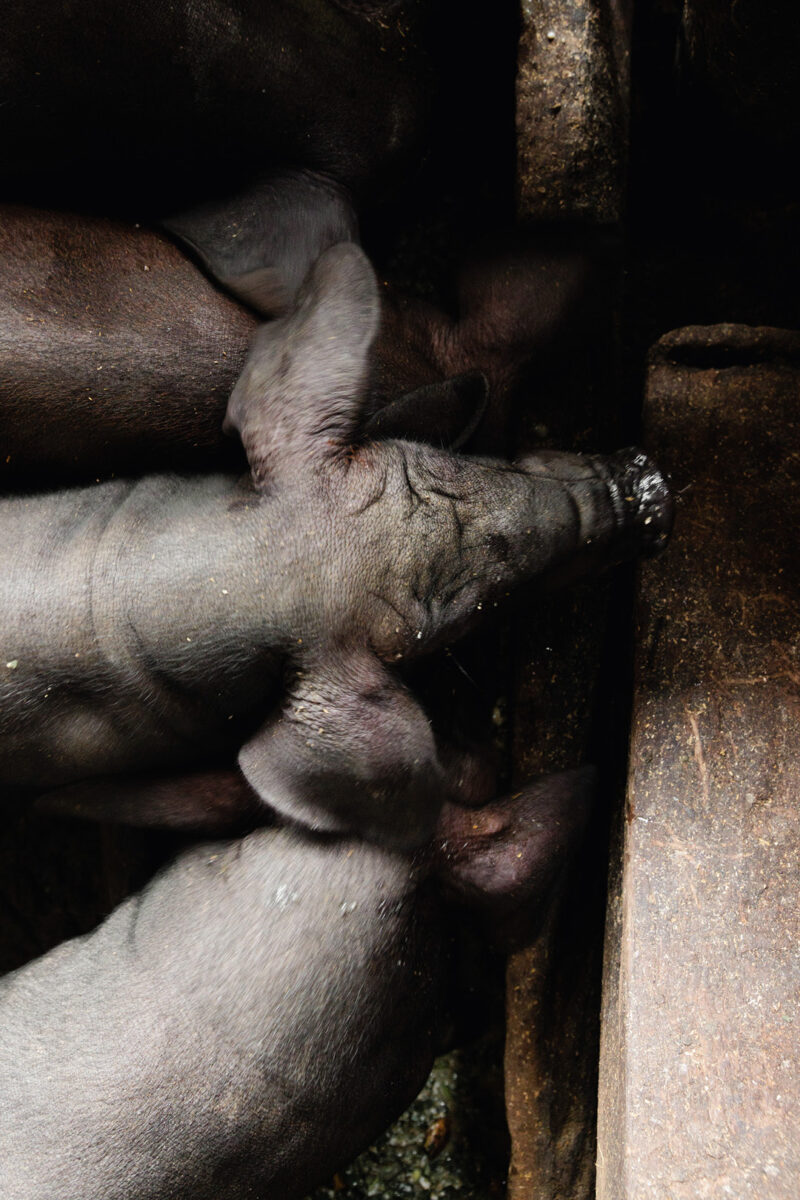
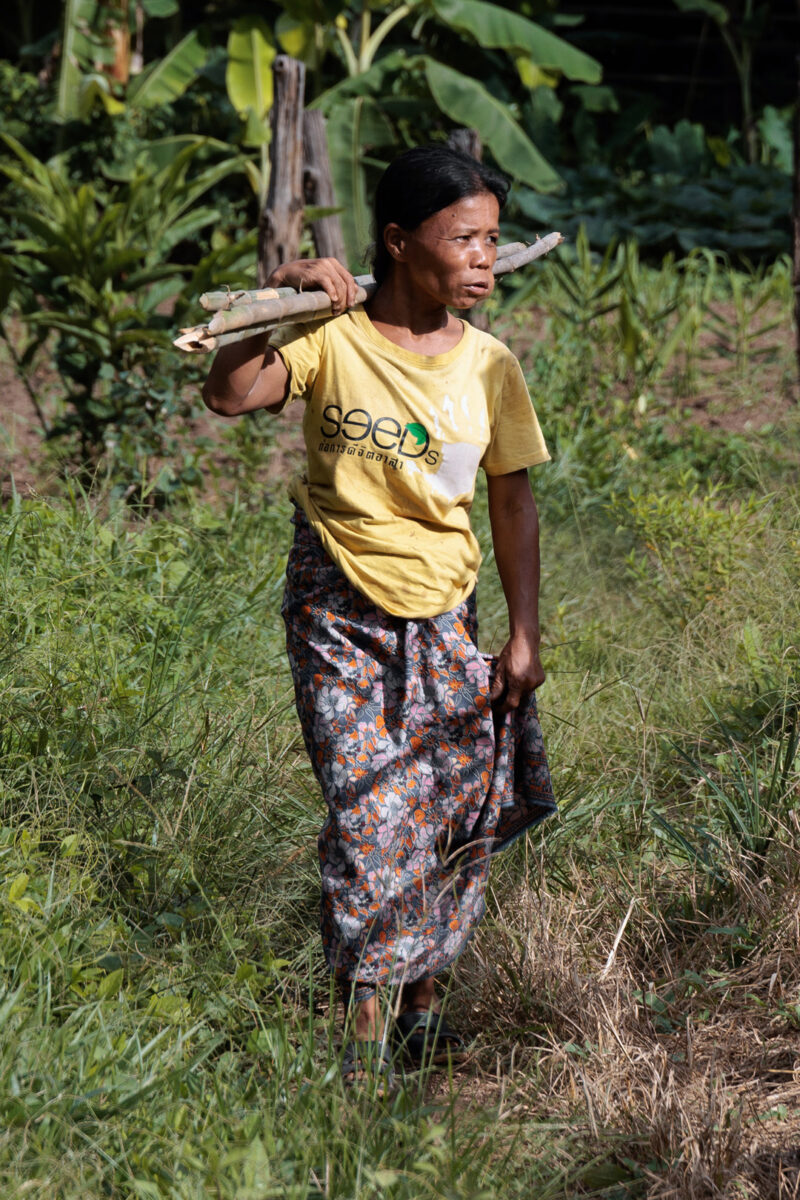
Modern goods are brought via river crossing to the two small boutiques that exist in town. They sell small packs of crackers, candies and cookies, as well as soda. Though the aim was primarily to satisfy tourist’s cravings for coca cola, kids are becoming more fond of those cheap snacks.
About religion
The original religion of the Kayan people is Kan Khwan, a traditional belief they have carried with them for centuries.
Their cosmogony has it that when the world came into being, at the hands of creator God Phu Kabukathin and other deities. Everything was connected through a spider’s web. The earth, the stars, the moon, all the components of the universe were braced together by this net.
All around, things were disconnected, the land and the water were fluid, and the world was un-tight, like scrambled galactic eggs.
To give the earth its much-needed density, Phu Kabukathin planted a tiny post in the ground. The post grew and grew, and so did the earth, forming seven outer and inner layers and becoming firm.
And the world was made.
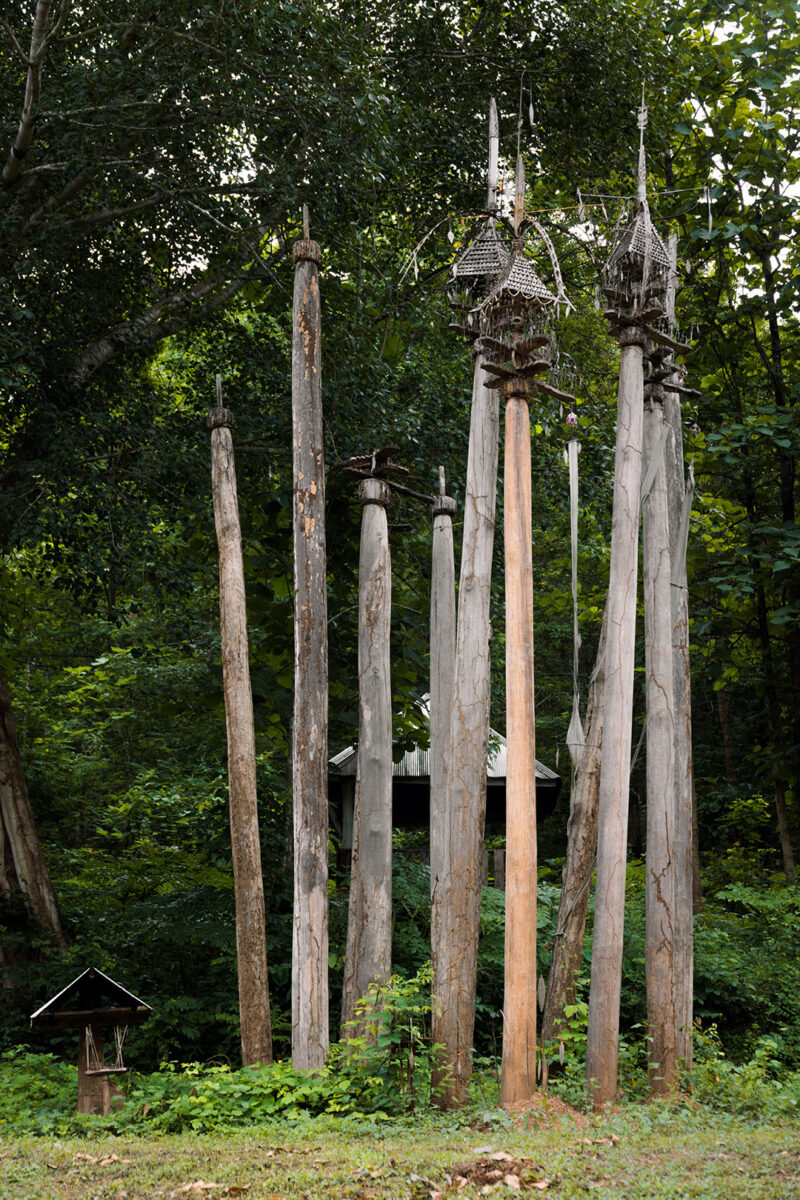
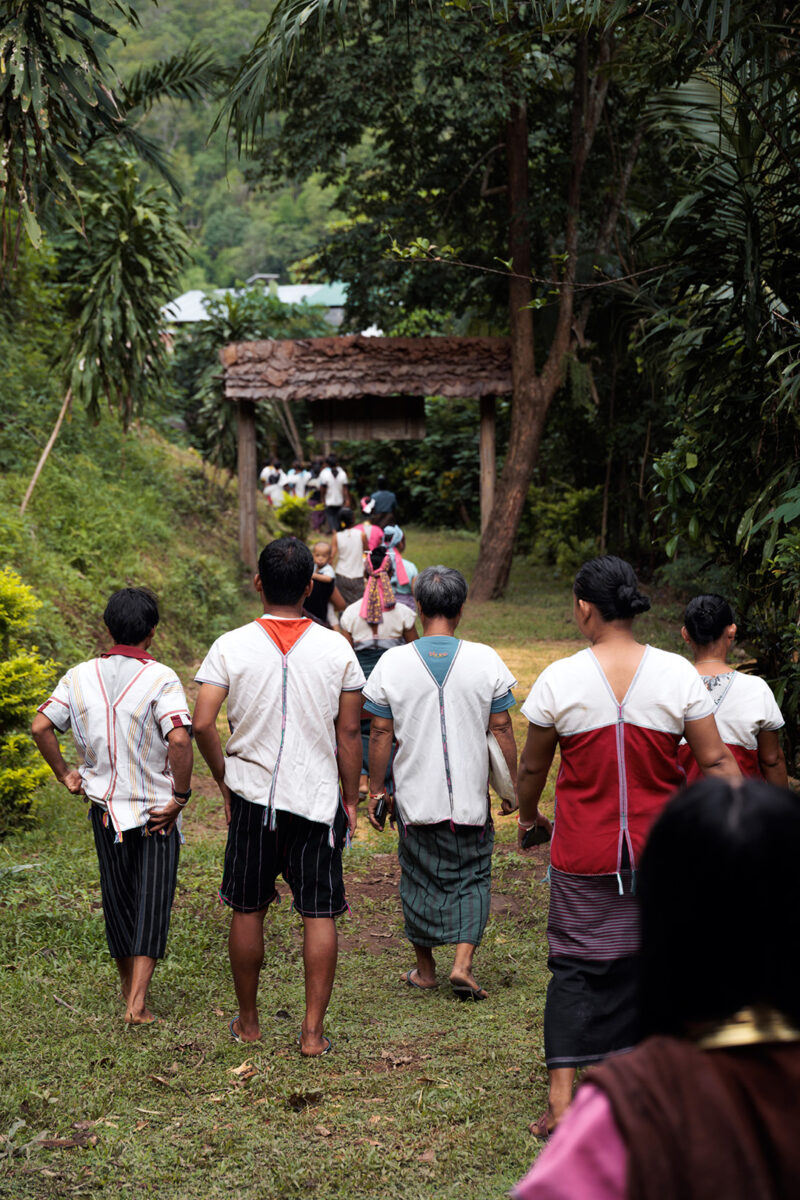
I’ve been told that a majority of the Kayan people (also counting Burma) are now Roman Catholics! Some also told me that they were following Buddhism. But in their heart it is still clear that they are really attached to the root of their original myth. Each year, in April, the tribe gathers in Huay Pu Keng for the festival of Kay Htoe Boe, following the ancient ritual to keep alive the memory of Phu Kabukathin!



Should I visit a Long Neck village?
Ethnic theme parks controversy an invitation for tourist and travellers
If you do a bit of research about longneck villages in Thailand you’ll probably find articles stating that Kayan villages are human zoos. Unfortunately, this definition lacks nuances. In those so-called zoos, live human beings who had very little choice in life. Humans, with whom you can actually have conversations. In Huay Pu Keng, people will allow you to live in their house, share their food and teach you tribal skills, if you ever decide to get out of your comfort zone.
As the traveller who has once been from home is wiser than he who has never left his own doorstep, so a knowledge of one other culture should sharpen our ability to scrutinise more steadily, to appreciate more lovingly, our own.
Margaret Mead
Baaung, a young Kayan Lawhi living in Huay Pu Keng, explains to me that in the villages close to Chiang Mai and Chiang Rai it’s a different business. Houses are built for two people to stand in front of, to satisfy tourists’ curiosity. Pre-covid, it was a successful way to make money and support their family.
When I came back, Francesca and I approached a tour operator and asked some questions: Are the villages nice? Are the people happy?… Most of the answers felt like lies! For example, when I asked if one pictureon display had been taken in a village close to Chiang Mai, the travel agent told me it was! Though I know for sure it must have been taken in the village I visited, as the photo portrayed Ma Pang, a woman I interviewed the week before.
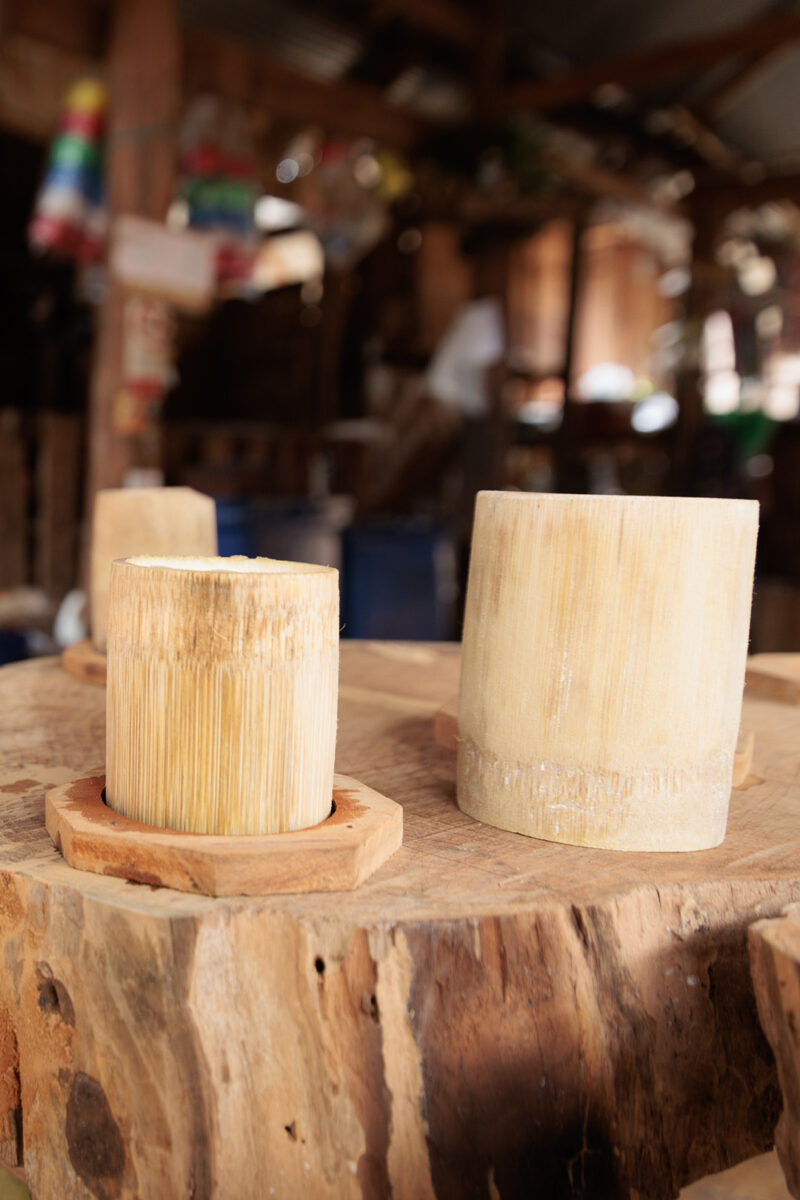
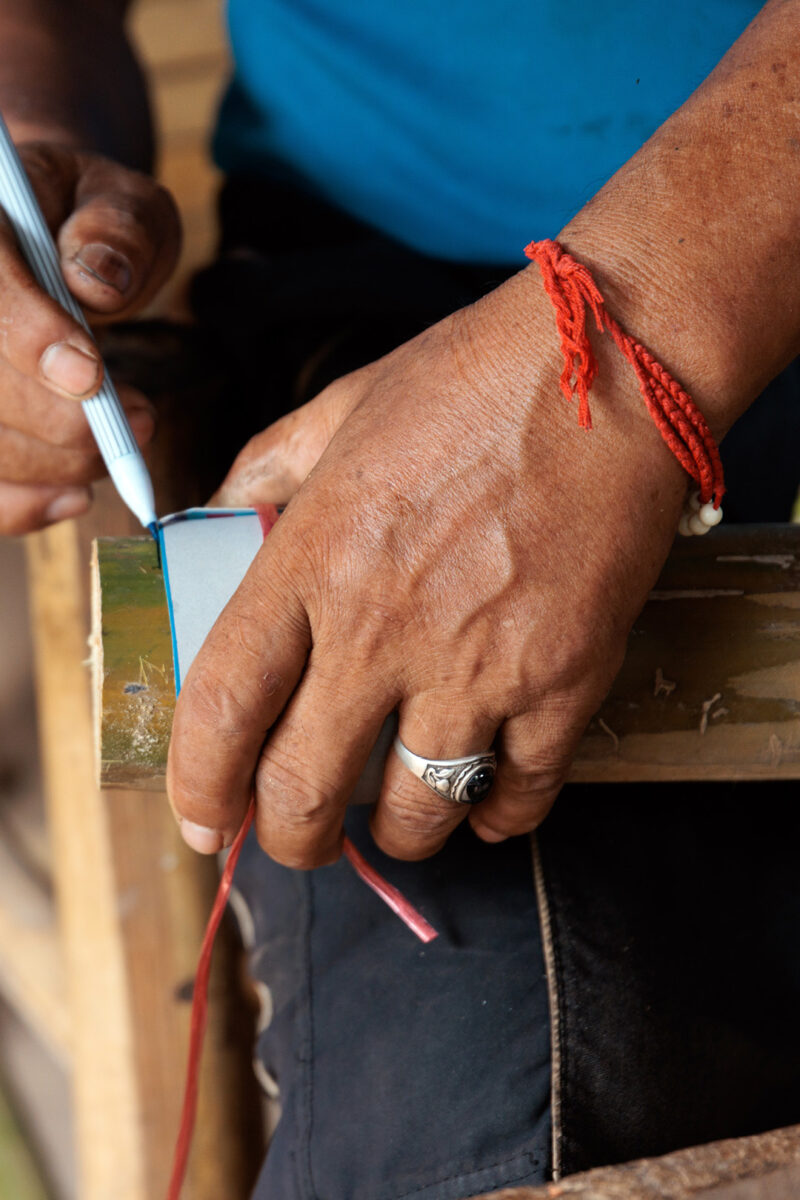
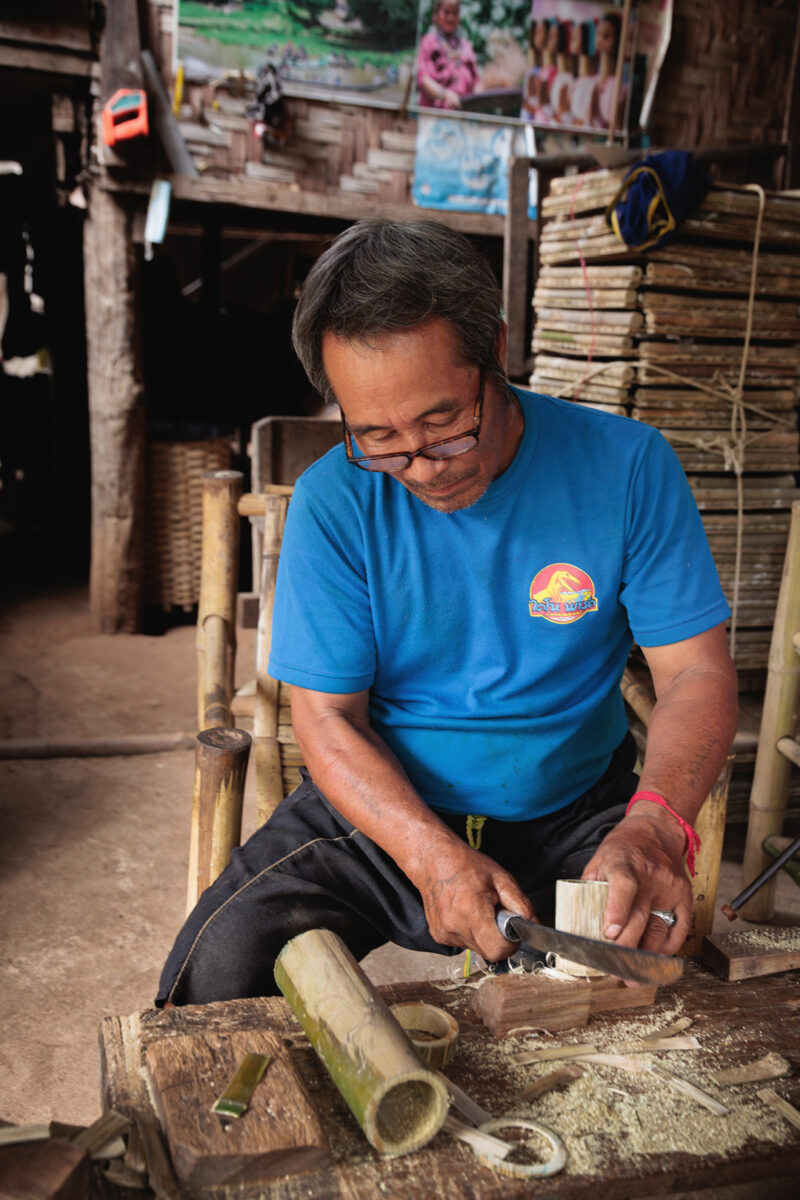
The change start in Huay Pu Keng
The tribes hope to change the way things are. Through community based tourism (CBT), a way of inviting visitors to stay longer and participate in activities and workshops. And for the Kayan tribe, Huay Pu Keng is the place where this change is taking place. So in a way, the more people visit their village, the more the Kayan will be empowered! And with this empowerment we can luckily start to see a migration from the easy exploit village around Chiang Rai back to the place where their entire community eat, love and pray.
How can you help!
We are not people to tell what is to be done or not, but if you are feeling that you want to meet the Kayan tribe, there is a couple of things you can do to make sure you’ll have the best experience for you and for the locals, so here are our best tips:
Dig on the internet! Read articles like the one of fair tourism, a Dutch organisation that supports Huay Pu Keng through CBT, check the official website of Huay Pu Keng, article like this one from Asian Geographic Magazines, or even have a look on wikipedia. You’ll learn about their history, the custom and the struggle of the people you are going to visit. When you are exploring such a place, you are meeting people who fled a country with a conflict that is still not resolved. Knowing a bit of their history is the first step to build compassion and understanding.
Travel out of the beaten track! Don’t settle for the first easy option available and make this part of your holiday as a full conscient experience.
Consider a longer stay. If you want to help the community financially, participate in workshops, learn to make your own bamboo cup or take a cooking class.
Organise your trip yourself! Skip the tour operators and use the money you saved to make a donation at the village directly. There is a box for that!
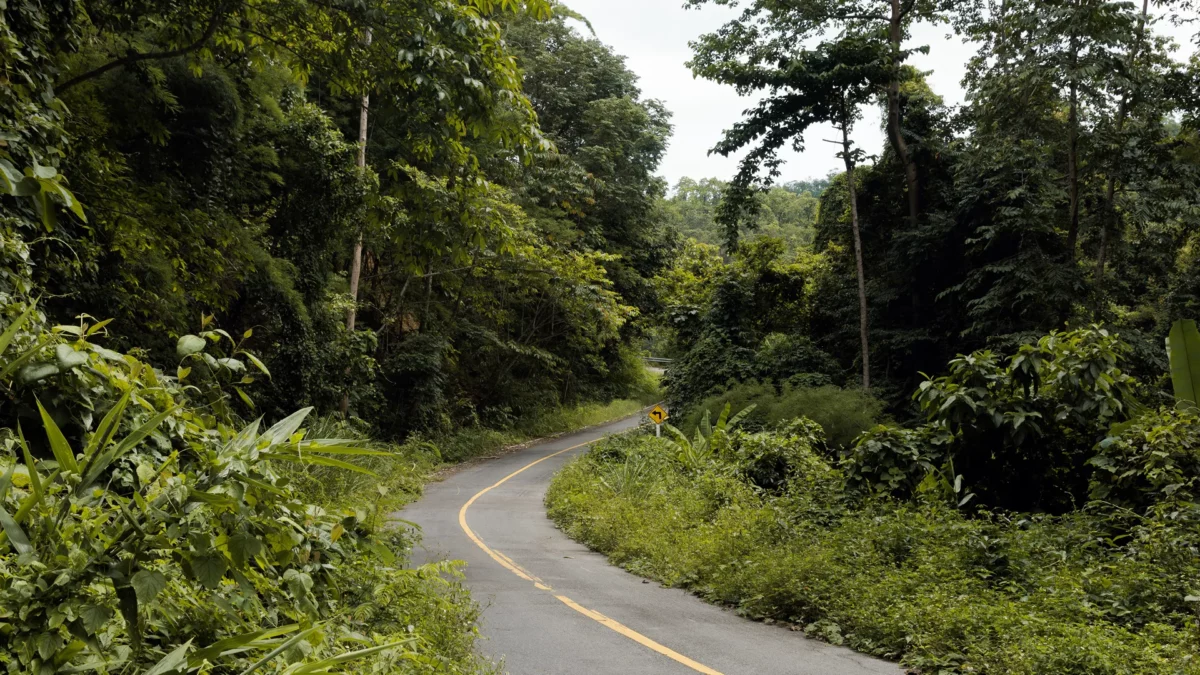
And most of all, spread your story, the good part and the bad, spread it with humanity, knowledge and concern. There is no right way to do this, the subject is complicated and it’s important to share your experience. Don’t hesitate to send it to us. We hope we did a good job at sharing ours. Don’t hesitate to let us know!
…to conclude
Visiting a traditional village is not an activity to take lightly! But if you feel like you want to touch upon a bit of what made us human in the first place, take your time, be humble and open. Communicate with the locals, be ready to feel uncomfortable sometimes. Enjoy the process. When done well, there is so much that can be gained for both the locals and yourself!
If you find this article useful please pin it!
